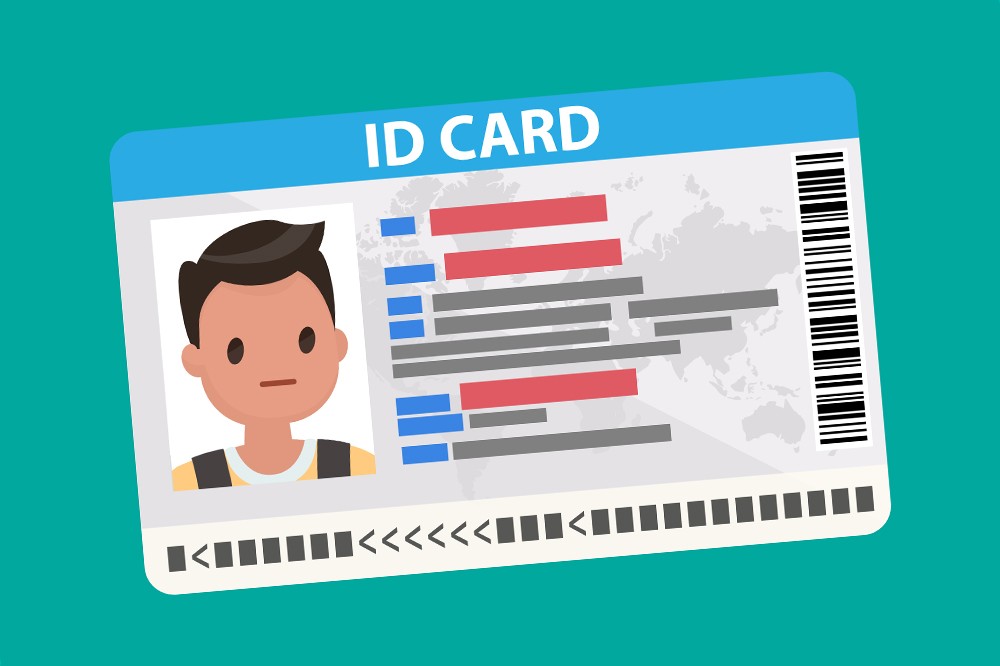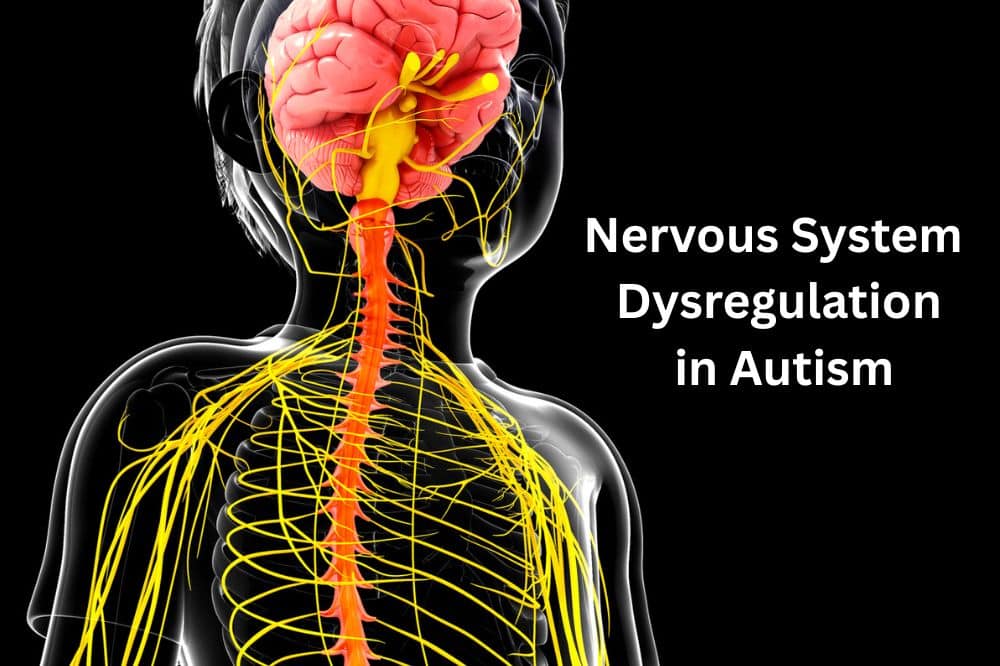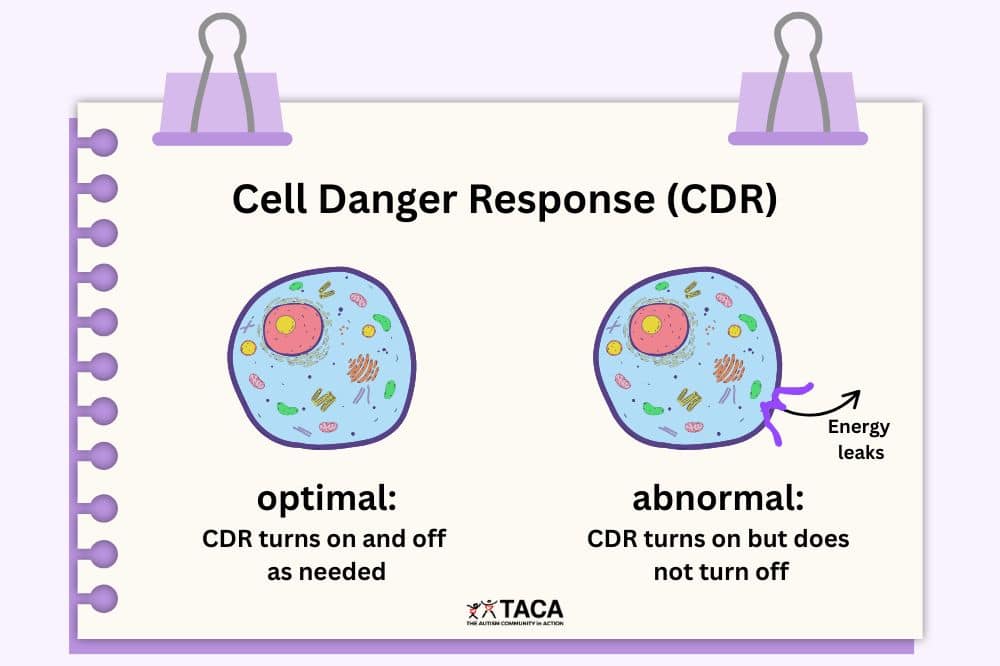State Identification and Real ID

All contents of this resource were created for informational purposes only and are not intended to be a substitute for professional advice, diagnosis, or treatment. Always seek the advice of your physician, therapist, or other qualified health providers with any questions or concerns you may have.
When a person turns 18, they need to obtain a state identification card. Typically, a person’s driver’s license serves as their state identification card. However, if that person does not drive, they will need to apply for an ID card. A REAL ID is an optional identification card that allows the person to fly domestically and enter certain federal facilities without other documentation. Here, we will cover:
- Why a person with autism needs a state identification card
- How to apply for an identification card
- Why a person with autism may need a REAL ID
Why Does a Person with Autism Need a State Identification Card
Even if a person does not drive, it is important to have an identification card if they are over 18. Below are some examples of when a person may need to show identification.
- Verifying your identity in an official capacity
- Proving age to purchase age-restricted items
- Applying for a job
- Applying for social security benefits
- Opening a bank account
- Obtaining a loan
- Identifying yourself at a doctor’s office or hospital
- Verifying health insurance
- Applying for college
- Applying for some transition or adult service programs
- Getting a passport
- Identification if lost
How to Apply for a State Identification Card
How do you get an ID card now that you know why you need one? Each state will have different requirements for application. However, most states’ application process is through the Department of Motor Vehicles (DMV). You will need proof of identification, such as a birth certificate, as well as proof of residency. Check your state’s DMV website beforehand to ensure your documentation is ready.
Real ID

Congress enacted the REAL ID Act in 2005. The Act established minimum federal security standards for identification in the United States, thereby impacting a person over 18’s ability to enter federal facilities and fly domestically without needing to provide a passport or other approved documentation. Although having a REAL ID is optional, it may be worthwhile to get one to make flying easier. Additionally, some social security offices are inside Federal buildings. The current deadline for obtaining a REAL ID is May 7, 2025. After that date, a person over 18 will need a REAL ID or other approved documentation to fly within the United States. To clarify, international flights will continue to require a passport. Again, you can find more information about REAL ID through your state’s website.
Note: State-issued Enhanced Driver’s Licenses (EDLs) are an approved identification for boarding domestic flights, crossing the border by land and sea, and entering federal facilities. Subsequently, the only states with Enhanced Driver’s License are Michigan, Minnesota, New York, Vermont, and Washington.
Conclusion
In summary, there are many reasons why a person needs a state identification card despite not driving. To begin with, check your state website and the Department of Motor Vehicles to learn what documentation is required to apply. Next, decide if you want to obtain a REAL ID and if that documentation is different in your state. Finally, prepare for your visit to the DMV or other government office using Social Stories™ or narratives or watching videos to make your visit smoother.
Learn more about ways to help your teen transition into adulthood by reading TACA’s Teen and Adult articles.




